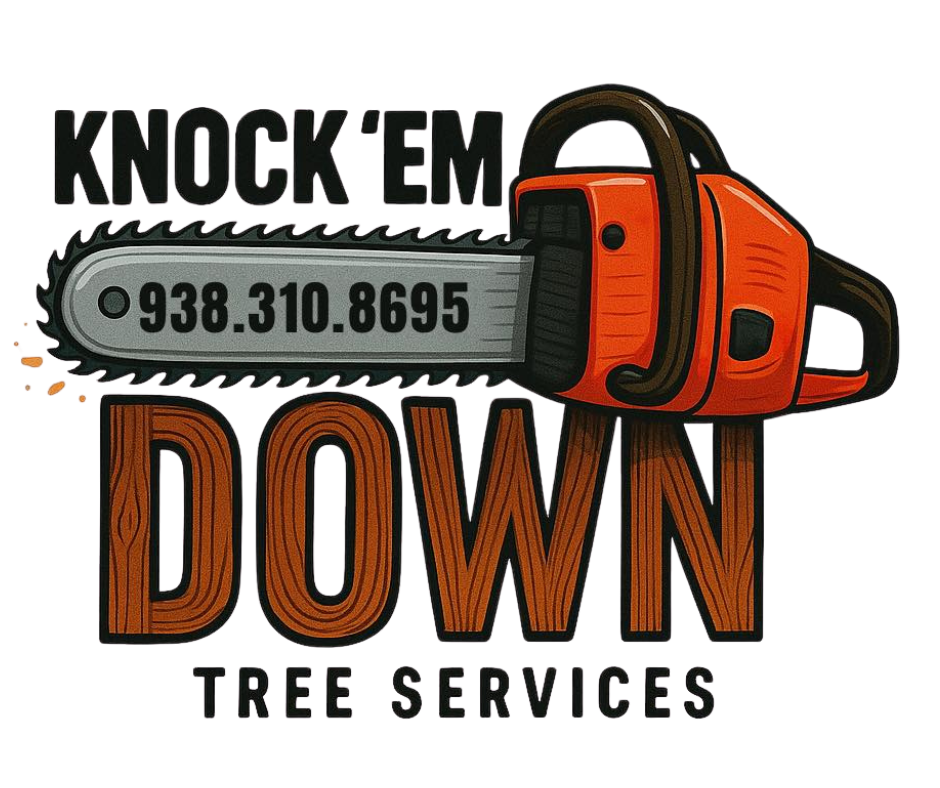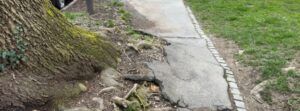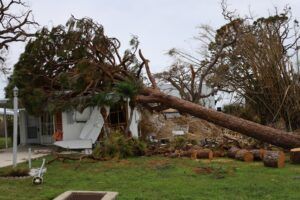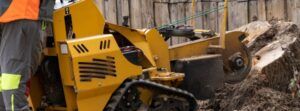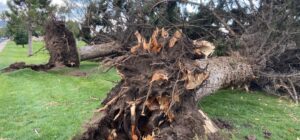Not every tree is as harmless as it looks.
What seems like a beautiful part of your yard could quietly be putting your family, property, or investment at serious risk.
Whether you’re a homeowner, property manager, or investor, recognizing the warning signs before disaster strikes can save you thousands in repairs, insurance claims, or legal fees. This guide breaks down five clear signs your tree may be a liability—and why it’s smart to call in professionals (even if you’re not sure yet).
Let’s get into it.
🚨 Why Tree Hazards Are More Common Than You Think
According to the Tree Care Industry Association, thousands of property damage claims every year are linked to fallen trees or large limbs—especially during storms, droughts, or heavy winds.
And here’s the kicker: most of these were preventable.
Trees are living systems. Over time, they become weak, diseased, or imbalanced. If you’re not regularly checking them, you might miss early warning signs—until it’s too late.
🔍 5 Signs That Tree Is a Liability (Not a Landmark)
1. The Tree Is Leaning or Tilting Suddenly
A gradual lean might be natural, but a sudden tilt or lean after a storm is a red flag. It usually means the root system has been compromised or the soil has shifted.
🔧 Pro Tip: If a tree leans more than 15 degrees from vertical, it may already be unstable. Time to call in a pro for assessment.
2. Cracks in the Trunk or Major Branches
Deep vertical cracks or splits in the bark—especially where branches connect—often mean structural failure is near. These weak points are the first to go during windstorms.
Cracked limbs can drop with no warning, damaging property or injuring someone below.
3. Roots Are Exposed, Damaged, or Decaying
Tree health starts underground. Exposed or lifting roots can signal poor anchoring, while soft, decaying roots mean the tree is dying from the ground up.
Also, if construction or landscaping recently disturbed the area, your tree’s stability may be at risk.
💡 Bonus Risk: Tree roots can also crack sidewalks, driveways, or even your foundation—leading to costly repairs.
4. Large Dead Branches or Canopy Dieback
If you notice dead or dropping limbs, brown patches in the canopy, or thinning leaves up top, the tree is in decline.
Dead wood is unpredictable. It doesn’t bend—it snaps.
Even small branches can damage gutters, cars, or outdoor structures when they fall.
5. Signs of Disease or Insect Infestation
Fungi, mushrooms, carpenter ants, or unusual oozing from the bark? These aren’t just cosmetic problems—they’re symptoms of internal decay.
By the time these signs appear, internal rot may already be extensive, making the tree unstable and hazardous.
📉 What Happens If You Ignore the Warning Signs?
- Homeowner’s Insurance May Not Cover It: Many policies exclude preventable tree damage.
- You May Be Liable for Neighboring Property Damage: If your tree falls and causes damage, you could be held financially responsible.
- Loss of Property Value or Curb Appeal: Dying or unkempt trees can drag down your home’s appearance—and resale price.
🧰 When to Call a Tree Service (and What to Expect)
You don’t have to guess—or wait for something to fall.
At Knock Em Down Tree Service, we offer fast, friendly evaluations with no pressure. We’ll walk your property with you, point out the risks, and offer safe, budget-conscious solutions—from trimming and pruning to full removal and stump grinding.
You don’t need to be an expert to protect your property—you just need a pro with the right tools, experience, and local know-how.
✅ Final Word: Don’t Wait for a Close Call
Trees are amazing assets—but they can also be liabilities hiding in plain sight.
If any of the signs above sound familiar, the smartest move you can make is to get ahead of it now—before nature (or a lawsuit) forces your hand.
⚡ Book a free risk assessment today with Knock Em Down Tree Service.
Protect your home. Avoid the drama. Stay safe.
